Colorful Parrot Training – 9 Smart Ways to Train Your Feathered Friend
Training a colorful parrot can be one of the most rewarding experiences for any bird enthusiast. These intelligent, vibrant creatures possess remarkable cognitive abilities that make them excellent candidates for various training techniques. Whether you’re working with a brilliant macaw, a chatty African grey, or a playful cockatiel, understanding the fundamentals of parrot training will strengthen your bond while providing essential mental stimulation for your feathered companion.
Table of Contents
Understanding Your Colorful Parrot’s Intelligence
Colorful parrots rank among the most intelligent birds in the animal kingdom. Their cognitive abilities often compare to those of young children, making them capable of learning complex behaviors, solving problems, and even understanding cause-and-effect relationships. This intelligence, combined with their natural curiosity and social nature, creates the perfect foundation for successful training.
The Most Intelligent Parrots
African Grey Parrots are widely considered the most intelligent colorful parrots. They demonstrate remarkable problem-solving skills, can learn hundreds of words, and show cognitive abilities comparable to a 5-year-old child. Amazon Parrots, particularly Yellow-crowned and Blue-fronted varieties, rank second in intelligence and excel at mimicry and complex trick learning.
Macaws are highly intelligent large colorful parrots, with Blue-and-gold and Scarlet Macaws leading in cognitive abilities. They can use tools and solve multi-step puzzles. Eclectus Parrots show remarkable intelligence in understanding cause-and-effect relationships, while Cockatoos are extremely intelligent and emotionally complex.
Intelligent Parakeets
Among parakeets, Monk Parakeets (Quaker Parrots) are considered the most intelligent, building complex communal nests and learning extensive vocabularies. Indian Ringneck Parakeets are excellent talkers, often learning 200+ words, while Alexandrine Parakeets show impressive cognitive abilities and clear speech patterns.
Understanding your specific colorful parrot’s intelligence level helps tailor your training approach for maximum effectiveness.
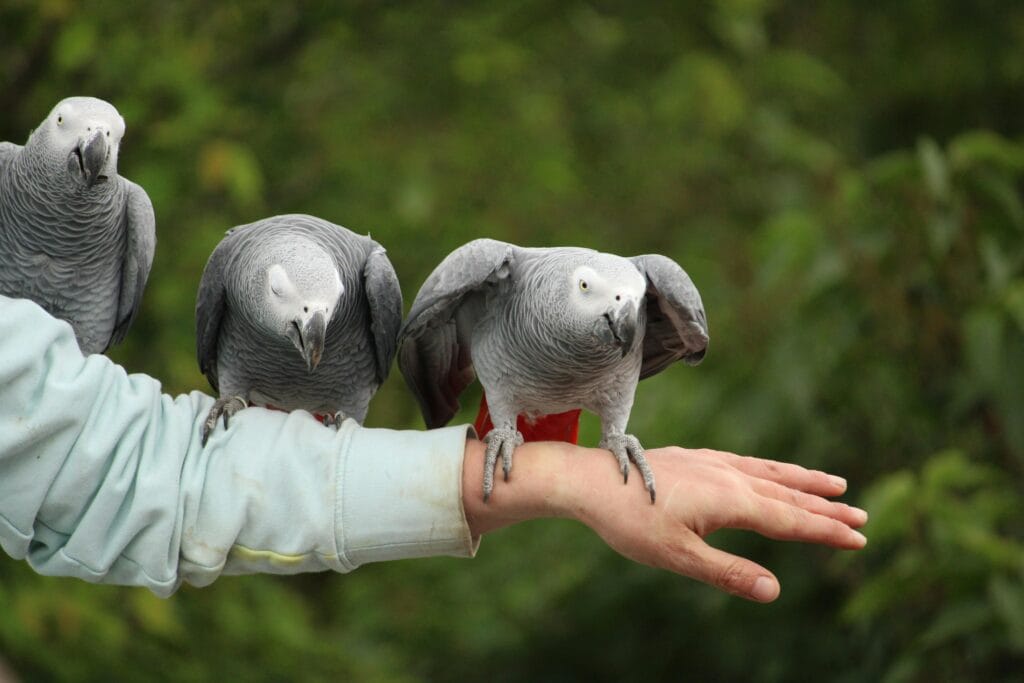
Building Trust: The Foundation of Training
Before attempting any training techniques, establishing trust with your colorful parrot is paramount. Trust-building begins the moment you bring your bird home and continues throughout your relationship. Start by allowing your parrot to observe you from a comfortable distance, speaking in gentle, consistent tones.
Offer treats through the cage bars without forcing interaction. Many colorful parrots are naturally cautious, and rushing the trust-building process can set back your training efforts significantly. Consistency in your daily routine helps your parrot feel secure and more willing to engage in learning activities.
Creating a Safe Training Environment
Your colorful parrot’s training environment should be free from distractions and potential stressors. Choose a quiet room with minimal foot traffic, ensuring the temperature is comfortable and lighting is adequate. Remove any hazardous items that might tempt your curious bird during training sessions.
Method 1: Positive Reinforcement Training
Positive reinforcement forms the cornerstone of effective parrot training. This method involves rewarding desired behaviors immediately after they occur, increasing the likelihood that your colorful parrot will repeat these actions. The key to success lies in timing – rewards must be given within seconds of the desired behavior.
Choose high-value treats that your colorful parrot finds irresistible. Fresh fruits, nuts, or special seeds work well for most birds. Verbal praise and physical affection can also serve as powerful reinforcers, though food rewards typically produce faster results during initial training phases.
Implementing the Reward System
Start with simple behaviors before progressing to more complex tricks. When your colorful parrot performs the desired action, immediately say “good bird” while offering the treat. This verbal cue will eventually become a secondary reinforcer, allowing you to reward your parrot even when treats aren’t readily available.
Method 2: Target Training Fundamentals
Target training teaches your colorful parrot to touch a specific object with their beak or foot. This fundamental skill serves as the building block for numerous other behaviors and tricks. Begin with a simple target stick – a chopstick or dowel works perfectly.
Hold the target stick near your parrot’s beak, and the moment they show interest or make contact, reward immediately. Most colorful parrots naturally investigate new objects, making target training relatively straightforward. Once your bird consistently touches the target, add a verbal cue like “touch” to signal the behavior.
Advancing Target Training
After mastering basic targeting, you can use this skill to guide your colorful parrot to different locations, teach them to step up onto your hand, or even navigate obstacle courses. Target training provides mental stimulation while building communication between you and your feathered friend.
Method 3: Step-Up Training Techniques
Teaching your colorful parrot to step onto your hand represents one of the most practical training achievements. This behavior facilitates safe handling, cage cleaning, and transportation. Begin by presenting your hand or a perch at chest level to your parrot, using gentle pressure against their lower belly.
Most colorful parrots instinctively step forward when they feel this pressure. The moment your bird lifts a foot, reward the effort even if they don’t complete the full step-up. Gradually increase your expectations as your parrot becomes more comfortable with the process.
Troubleshooting Step-Up Challenges
Some colorful parrots may be hesitant to step up due to past negative experiences or natural wariness. Never force the issue or grab your bird. Instead, use target training to encourage them to move closer to your hand, rewarding small progressions toward the ultimate goal.
Method 4: Recall Training for Safety
Teaching your colorful parrot to come when called can be lifesaving in emergency situations. Recall training requires patience and should only be attempted after your bird has mastered basic commands and established strong trust with you.
Start recall training in a small, bird-proofed room with minimal distractions. Place your colorful parrot on a perch across the room and call their name while showing a favorite treat. When they fly or walk to you, provide enthusiastic praise and the reward.
Building Reliable Recall
Gradually increase the distance and add mild distractions as your colorful parrot’s recall improves. Practice in different rooms to generalize the behavior. Remember that outdoor recall training should only be attempted with experienced trainers and proper safety equipment.
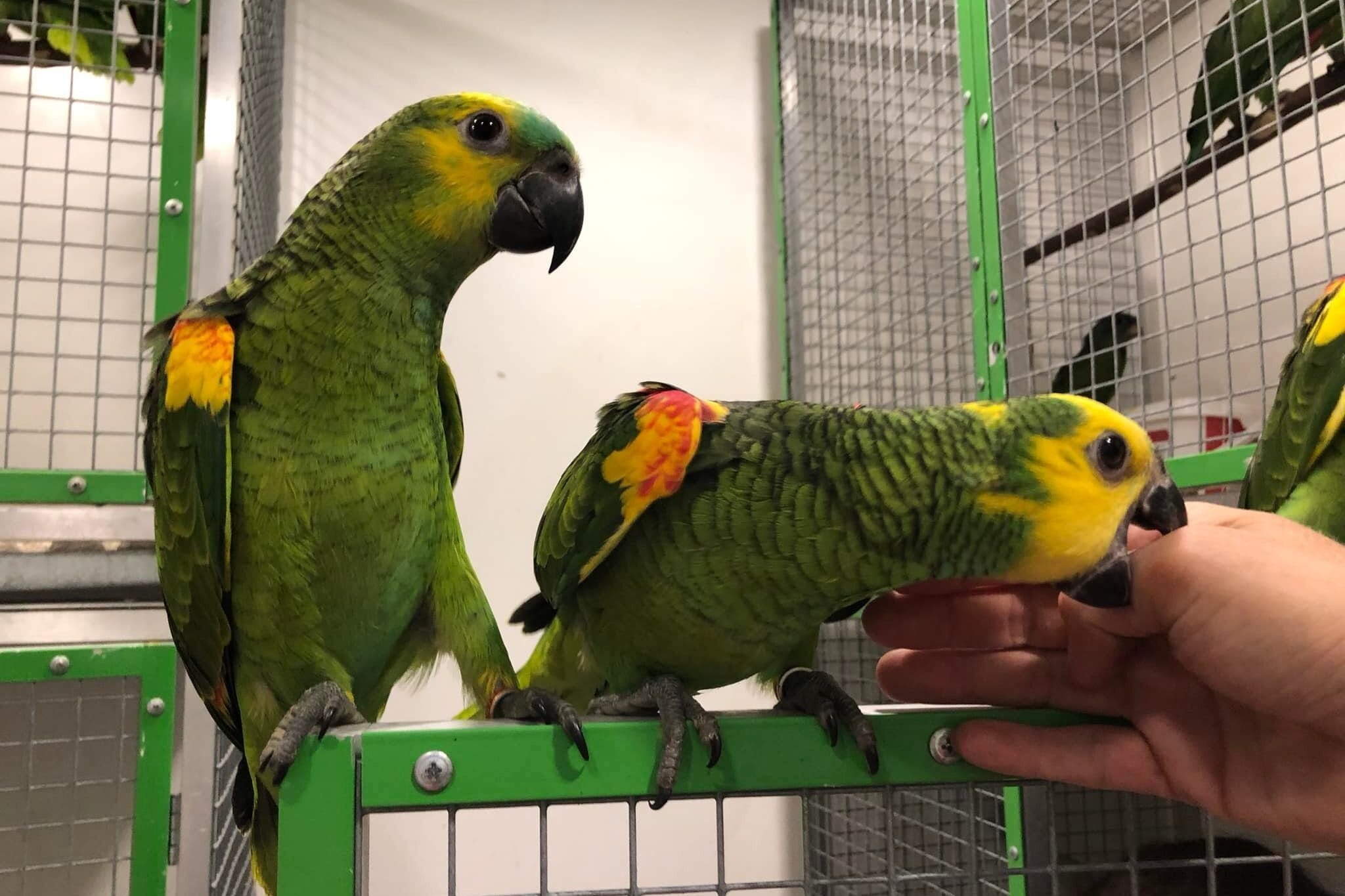
Method 5: Trick Training for Mental Stimulation
Teaching tricks provides excellent mental exercise for your intelligent colorful parrot while strengthening your bond. Popular tricks include waving, shaking hands, playing dead, turning around, and retrieving objects. Start with behaviors that come naturally to your specific species.
Break complex tricks into smaller components, teaching each part separately before combining them. For example, when teaching your colorful parrot to wave, first reward them for lifting their foot, then for moving it side to side, and finally for the complete waving motion.
Creative Trick Ideas
Consider your colorful parrot’s natural behaviors when selecting tricks to teach. Birds that naturally hang upside down might enjoy learning acrobatic tricks, while those that naturally manipulate objects might prefer puzzle-solving activities or basketball-shooting games.
Method 6: Addressing Behavioral Issues
Training isn’t just about teaching fun tricks – it’s also essential for addressing problematic behaviors. Common issues in colorful parrots include excessive screaming, biting, feather plucking, and territorial aggression. Understanding the root cause of these behaviors is crucial for developing effective solutions.
Most behavioral problems stem from boredom, fear, hormonal changes, or inadequate socialization. Your colorful parrot may scream for attention, bite when feeling threatened, or pluck feathers due to stress or medical issues. Addressing the underlying cause while training alternative behaviors yields the best results.
Positive Behavior Modification
Rather than punishing unwanted behaviors, focus on teaching your colorful parrot what you want them to do instead. If your bird screams for attention, ignore the screaming but reward quiet, appropriate attention-seeking behaviors. This approach takes patience but creates lasting behavioral changes.
Method 7: Socialization Training
Proper socialization helps your colorful parrot become comfortable with various people, situations, and environments. Well-socialized birds are generally happier, less stressed, and easier to handle for veterinary care or boarding situations.
Introduce your colorful parrot to new people gradually, starting with family members and close friends. Each person should follow the same positive training protocols you’ve established. Expose your bird to different sounds, sights, and experiences in controlled, positive ways.
Ongoing Socialization Needs
Socialization isn’t a one-time process – it requires ongoing attention throughout your colorful parrot’s life. Regular positive experiences with new situations help maintain your bird’s social skills and prevent the development of fears or phobias.
Method 8: Flight Training Considerations
For colorful parrots with full flight capabilities, flight training provides excellent exercise and mental stimulation. However, this advanced training requires extensive preparation and should only be attempted by experienced owners with proper safety protocols.
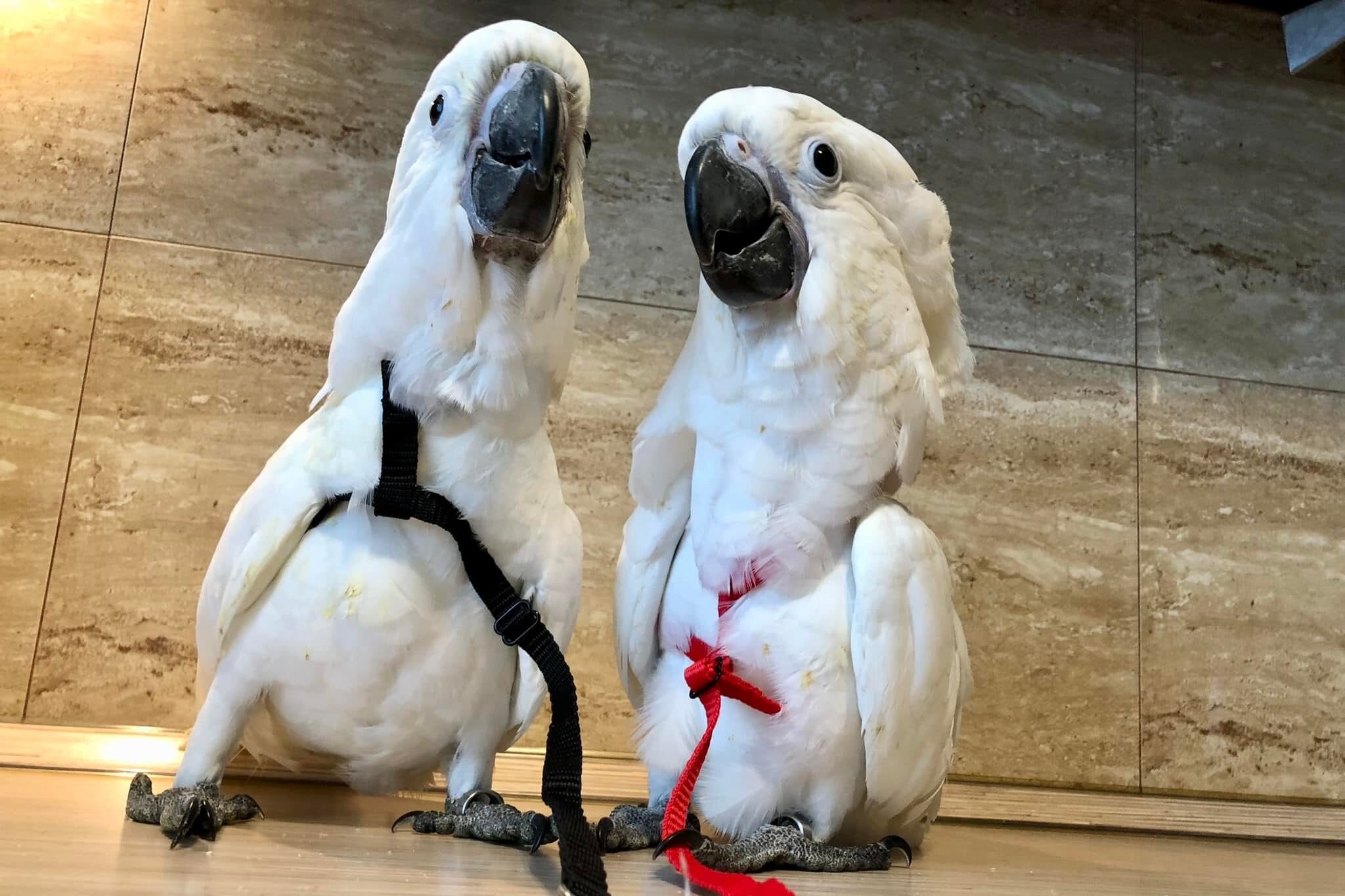
Method 9: Advanced Problem-Solving Training
Challenge your colorful parrot’s intelligence with problem-solving activities and puzzle training. Start with simple foraging toys, then introduce complex challenges like shape-sorting games. Many colorful parrots excel at these activities and genuinely enjoy the mental stimulation.
Training Success Tips
Successful training requires consistent, short sessions lasting 5-15 minutes, conducted once or twice daily. Keep a training journal to track your colorful parrot’s progress and adjust methods as needed. Avoid common mistakes like inconsistent commands, delayed rewards, or punishment-based methods that can damage trust.
Remember that every colorful parrot learns at their own pace, with some mastering behaviors quickly while others need weeks of practice. Your bird’s health directly impacts learning ability, so ensure regular vet checkups, proper nutrition, and adequate rest.
Conclusion
Training your colorful parrot requires dedication, patience, and understanding, but the rewards are immeasurable. These intelligent, beautiful birds have the capacity to learn complex behaviors, solve problems, and form deep bonds with their human companions. By implementing these nine training methods consistently and positively, you’ll unlock your feathered friend’s potential while creating a relationship built on trust, communication, and mutual respect.
Remember that every colorful parrot is unique, with individual personality traits, preferences, and learning styles. What works for one bird may need modification for another. Stay flexible in your approach, celebrate small victories, and enjoy the journey of discovery with your remarkable feathered companion.
FAQ
How long does it typically take to train a colorful parrot?
Training timelines vary greatly depending on the bird’s age, species, and individual personality. Basic commands like step-up may be learned within days or weeks, while complex tricks can take months to master. Consistency and patience are more important than speed.
Can older colorful parrots still learn new behaviors?
Absolutely! While younger birds may learn faster, adult and senior parrots can definitely acquire new skills. Older birds often have longer attention spans and may actually be more focused during training sessions than their younger counterparts.
What should I do if my colorful parrot becomes aggressive during training?
Stop the training session immediately and give your bird space to calm down. Aggression often indicates fear, stress, or overstimulation. Review your training methods, ensure you’re not pushing too hard, and consider consulting an avian behaviorist if the problem persists.
Is it necessary to train my colorful parrot if they’re primarily a companion bird?
A: Yes, training benefits all parrots regardless of their role. Basic training like step-up commands and recall help with daily care and safety. Additionally, mental stimulation from training prevents boredom-related behavioral problems and contributes to your bird’s overall well-being.
Did you enjoy this article?
Help other pet lovers benefit too — Share it on social media! 🐾💚
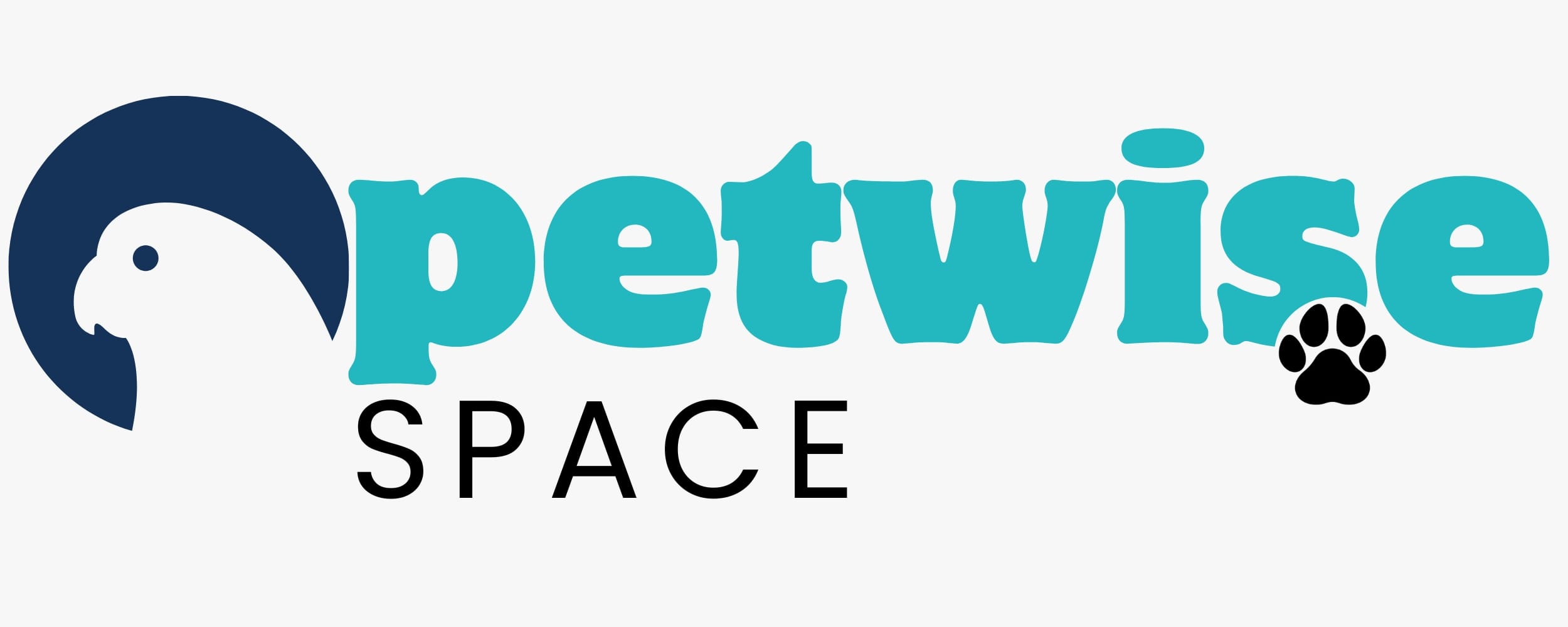
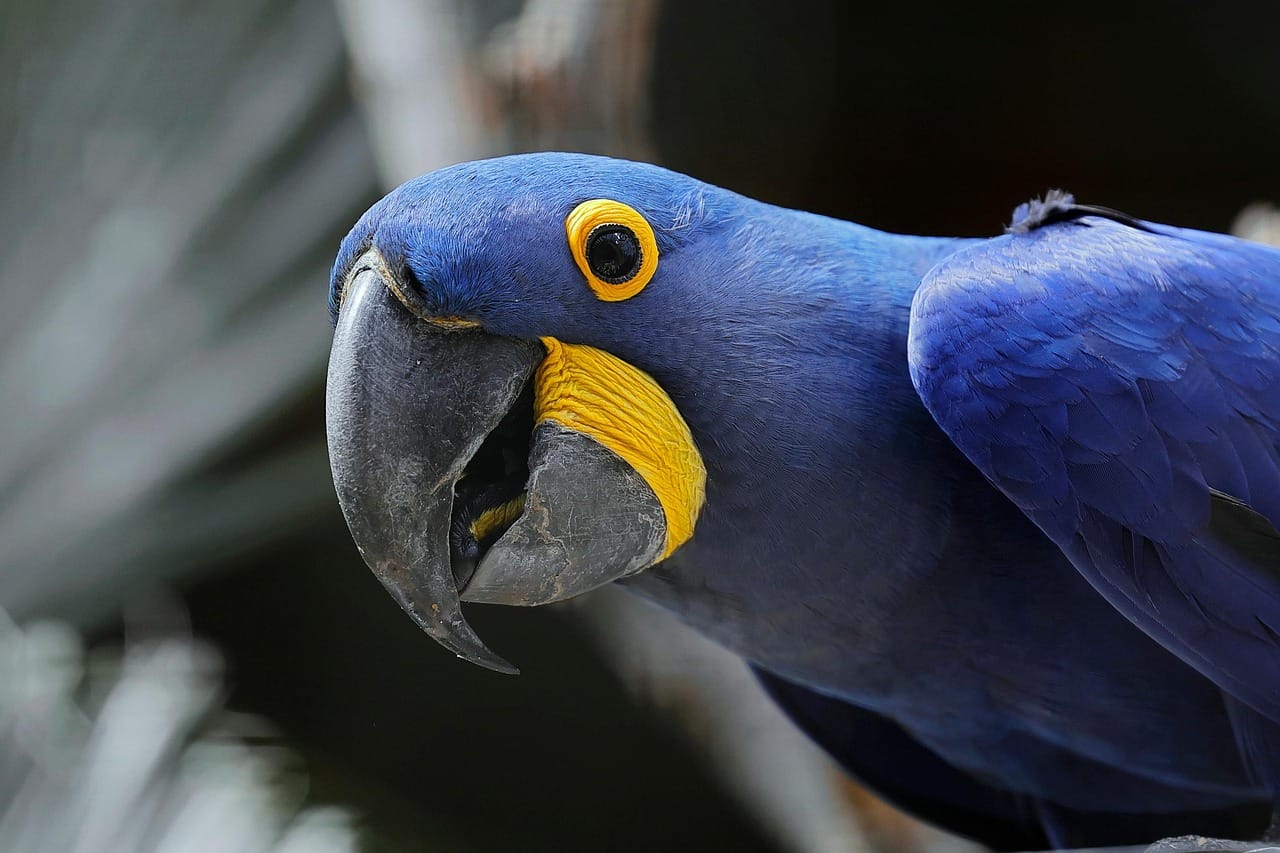
Leave a Reply